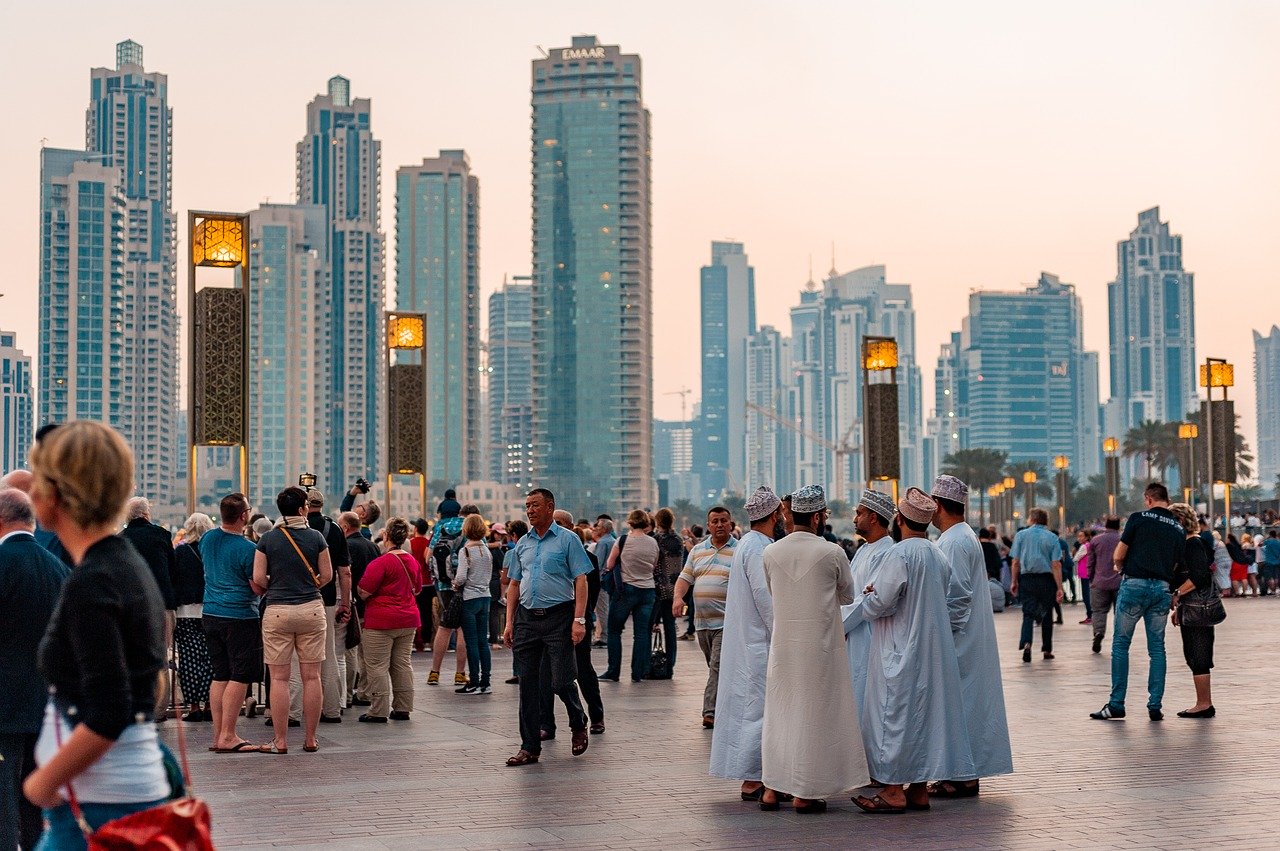Urban planning and place design are deeply political phenomena. Importantly, the physical space is not merely the site where acts take place. Rather, it is the place where an ideological message can be sent. A democratic urban form supports the interests of the wider community. Importantly, the form-production process is usually a ‘battlefield’ issue, in which physical and social boundaries are shaped through the process of haggle between the regime and citizens. In dictator systems, authorities support space design that control mobility so as to reduce the power of citizens.
As a Cairene and a planner, I visualise Cairo metropolitan area as small states and distinct spatial units within which social relationships are usually confined to territorial borders. I see physical segregation wherever I go and at different scales ranging from building to settlement level. For example, many informal areas usually have a semi-autonomous nature, essentially ‘walled enclaves’ with shortages of basic services. That is the dark side of the city that the government does not like to see.
In fact, segregating the settlements of the disadvantaged from the context of the city has negative impacts on their overall performance. Moreover, the social pathologies dominating in these areas constitute a permanent threat to the richer classes who are usually in close proximity to the disadvantaged. On the other hand, formal urban development reflects the cruel policy of state security. One example of that is the phenomenon of elite satellite gated communities with a lot of public parks and golf courses. Shunning connectedness can also be seen in fenced-off avenues and squares, and in walled universities campuses. Moreover, flyovers were systematically used to dismantle spacious open public spaces so as to restrict where people can congregate and interact. More recently, security forces erected walls of heavy concrete blocks around their buildings to block off protesters’ access.
Importantly, isolation through constructing walls in Cairo is not so new. For example, Fatimid Cairo (969AD), was built mainly for the elite, and was protectively walled by eight gates, two on each side of its rectangular layout (illustrated below). Additionally, residential zones were divided into small urban units or relatively closed quarters, harat, not only for administration purposes but for safety and security as well. Access to each hara was controlled through gates, which were dismantled during the French occupation (1798-1801) for security concerns.

In the thirteenth and fourteenth centuries, religious minorities clustered in segregated quarters. Christians grouped in quarters on the west bank of the Khalij while Jews settled in Harat al-Yahud in the core of Qahira and at a short distance from Sagha, the quarter of goldsmiths. This situation continued until the beginning of the eighteenth century, when the zone to the west of Khalij was still fragmented and inhabited by religious minorities. Traditionally, the elite, especially the ruling class, segregated themselves to quieter and more attractive sites on the fringes of the city to avoid crowding and mixture with the local population. Simultaneously, rural immigrants, mostly the poorest population, involuntarily lived in ahwash, like the harat, at the outskirts of Cairo.
Even initiatives during the reign of Ismail Pasha (1863-1879) and his dream to westernize Cairo until the official end of the British occupation of Egypt in 1936 had produced a dual city with two different worlds. The urban layout of the “European” city, mainly inhabited by foreigners and the bourgeoisie of Egyptians, was commonly regular while that of the old or “native” city was anarchic. While the “European” city was growing and flourishing, the old city was deteriorating and hosting refugees and immigrants from the countryside. The separating line between the two cities is relatively clear. Lastly, satellite elite suburbs such as Heliopolis were established in the nineteenth and at the dawn of the twentieth centuries.
Collectively, urban practices and development polices produced a divided archipelago city where a citizen feels imprisoned and isolated wherever they move. I feel comfortable to call it ‘the forbidden city’. But, cities are for people, aren’t they?

Spatial accessibility map of Cairo at a city wide level. Red is accessible, blue is segregated and fragmented.
Now the question is this: does the hegemonic behaviour of the state to keep people isolated bring security and reduce urban fear? It definitely doesn’t. Broken connectivity only produces a literal landscape of anti-social behaviour and works perfectly as a barrier for daily life. According to Jane Jacobs, the author of The Death and Life of Great American Cities, urban safety can be achieved through natural surveillance in which people are ‘eyes on the street’. Expressed more simply, blocking urban spaces discourages people co-presence, meaning fewer witnesses and thus speeding up violence and criminality. The bloody political violence during the last three years in Cairo and in Egypt in general is a clear evidence of the failure of the governmental policy to provide safety. Additionally, burglary, sexual harassment, rape and thuggery, which are frequently reported in daily newspapers, are another manifestation of that failure.
So what to do? Integrate different kinds of people with each other by removing barriers and improving connectivity. By reintegrating street networks we can create valuable urban space. Arguably, allowing people to meet and interact in public urban spaces won’t threaten the security of the country and won’t corrupt morals as old players may fear it will. Rather, it might bring tolerance and promote reconciliation and reduce crime rates. Additionally, it will help in building trust between the regime and people.
My article is a call for a new strategy in which ‘anti-territorial’ programmes that are designed to break down boundaries between communities by encouraging social mix through increasing people’s freedom to construct bridges to other communities and overcome their isolation. In this respect, a new borderless Cairo might foster economic integration and urban competitiveness. I think that is the first step in security sector reform, otherwise this open plan jail will collapse and the prisoners of Cairo will be released.
The last open question that I will leave for the future to answer is: how long will the division between rulers and ruled remain?
Abdelbaseer A. Mohamed is a short-term scholar at American University in Washington DC and a PhD student at Ain Shams University, Cairo, Egypt.


